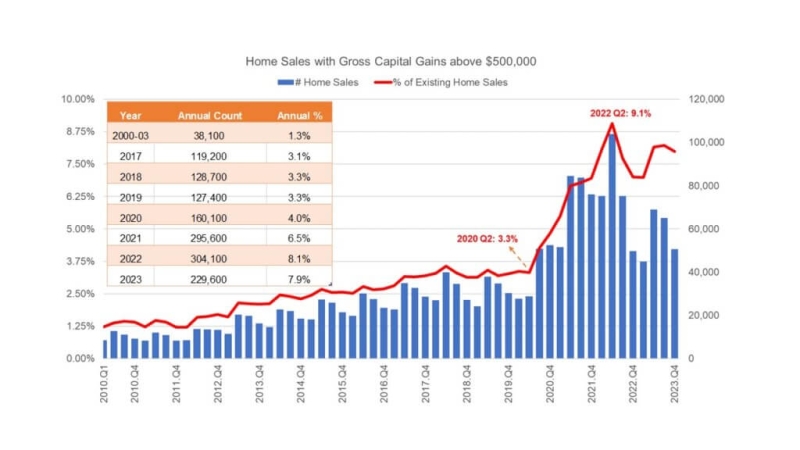
New survey findings from Freddie Mac reveals that it’s hard being a single female head of household (SFHOH), and it’s getting even harder as housing costs continue to rise.
- Nearly 60% of SFHOH renters believe homeownership is out of reach indefinitely.
- The cost-burdened renters are represented similarly across races with majorities of Black (52%), White (55%) and Hispanic (55%) populations spending more than 30% on rent.
- 57% of Hispanic and Black respondents live paycheck to paycheck, barely enough to cover necessities, compared to 47% of white SFHOH renters.
- 82% of SFHOH renters say they do not have enough money to afford a down payment or closing costs.
New survey findings from Freddie Mac reveals that it’s hard being a single female head of household (SFHOH), and it’s getting even harder as housing costs continue to rise. Dreams of one day owning a home are not just for men, of course. However, nearly 60% of SFHOH renters believe homeownership is out of reach indefinitely.
Freddie Mac fielded the national survey to learn more about the SFHOH overall housing and financial situation, and identify meaningful differences between demographic cohorts. One of the key findings was that events over the past two years have disrupted wealth-building among single females, mainly due to the pandemic’s impact. Among those single females who dropped out of the workforce, a staggering 75% have yet to return.
The financial outlook is even more dire among Black and Latino women who fear they will not recover financially within the next year, if ever. Even Generation X and younger respondents feel stressed and discouraged about the future.
“The COVID-19 pandemic has had disparate economic impacts nationwide, particularly on women who are heads of their households, such as single moms and caretakers,” said Pam Perry, single-family vice president of Equitable Housing. “In this survey, we discovered this population’s housing and financial challenges have been further complicated by pandemic-related workplace disruptions and current economic conditions. While the survey showed some feel confident in their knowledge of finances and building credit, many lack confidence in the possibility of homeownership.”
Over half of SFHOH renters are cost-burdened, meaning they spend 30% or more of their income on housing costs. The cost-burdened renters are represented similarly across races with majorities of Black (52%), White (55%) and Hispanic (55%) populations spending more than 30% on rent. However, a closer look at the data reveals that Black and Hispanic SFHOH renters are more likely to be cost burdened with 57% of Hispanic and Black respondents living paycheck to paycheck, barely enough to cover necessities, compared to 47% of white SFHOH renters.
SFHOH renters face numerous obstacles when homebuying, but the main issue is cost burden. In the survey, 82% of SFHOH renters say they do not have enough money to afford a down payment or closing costs. Roughly 75% believe a mortgage would be much higher than their rent, and they can’t afford mortgage payments.
The nationwide survey was conducted online and fielded between April 14 - 23, 2021, among 2,000 American single female heads of household, aged 18 and older.




